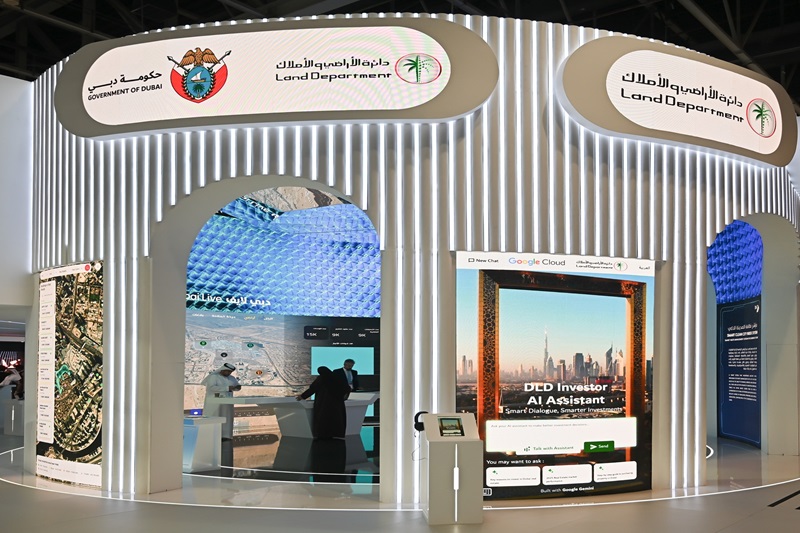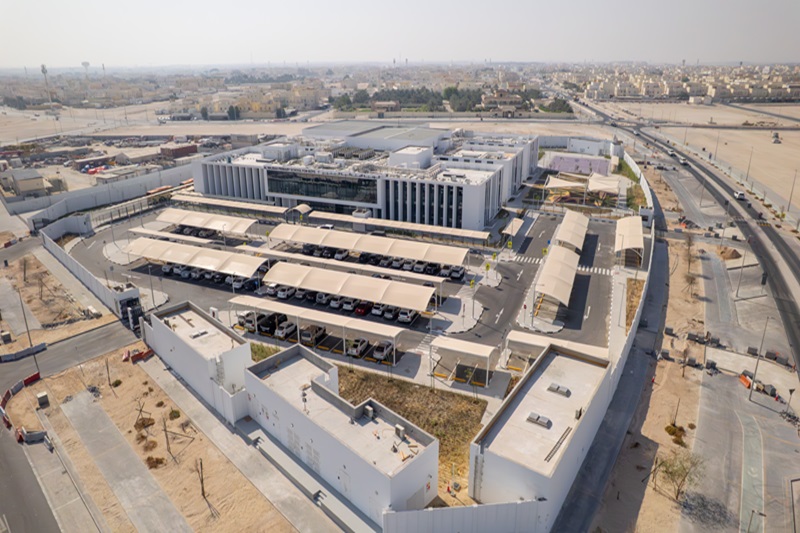
Traditionally, maintenance planning may include a mixture of:
- Preventative Maintenance: This will be carried out to an annual plan according to the manufacturer’s maintenance manual. The preventive plan will be issued for the next twelve-month cycle in advance by issuing a spreadsheet listing each sub-system of the MEP assets and its’ periodic maintenance time planned.
- Predictive Maintenance: Predictive maintenance is used to evaluate the condition of equipment by performing periodic or continuous (if monitoring equipment is installed) equipment condition monitoring. This maintenance will be performed whilst equipment is operating normally to minimise any disruption to everyday building operations.
- Condition Based Maintenance: This is a strategy that monitors the physical condition of an asset to decide what maintenance tasks and frequencies are required. CBM dictates that maintenance should only be performed when given indicators show signs of decreasing performance or upcoming failure. It is recommended that a full impact of failure should be assessed before placing any Category 1 Asset onto a CBM plan.
Note: Category 1 Asset - Failure of the asset will affect the whole of the building operations.
A data-driven approach to preventative maintenance can assist with increasing operational effectiveness, help control costs, minimise risks, improve accountability and ensure compliance. This is especially the case when the maintenance activities are being carried out within a regulated environment such as the healthcare sector.
When considering a move to data driven maintenance, which would be the predictive maintenance element identified above, it is important to confirm the accuracy of the data being used as any positive financial impact will only be achieved by making decisions based on meaningful data.
By ‘meaningful’, it is important to understand that not all data is valuable so to make efficient data-based decisions, data must come in digital form, be arranged suitably, cleared of incorrect records and data gaps, must be integrated and delivered to decision-makers at the right place and time without undue delay.
As with most technology-based solutions, it is preferential that any data driven information, such as from a Building Management System, is easily integrated within a company’s existing software platform giving them the ability to gather all relevant data and analysing it in the correct manner to deliver best results.
The data collected can be used for many applications, however these can all assist owners with benefits such as varying building operational timings depending on occupancy. This in turn reduces plant run timings, therefore increasing plant life expectancy along with reducing energy and chilled water usage, thus saving on utility costs.
It is also worth noting that data driven maintenance is not restricted to technical assets and as such data technology can also influence the cleaning activity efficiency within a building. By harnessing advances with the IoT (Internet of Things) sector, cleaning activities can be transformed by converting cyclical activities multiple times per hour, potentially wasting valuable resources, into a data driven activity at a significantly reduced time/cost.
As an example, the scope of work for washroom inspections at a large airport may be every 30 minutes yet in off-peak times it is possible nobody enters the washroom in a 4-hour period. By installing an IoT sensor in the washroom connected to a cleaning operative’s smartwatch it may only ‘ping’ the watch for an inspection to be carried out every 4th visit of somebody to the washroom saving significant time and giving the cleaning operative the availability to be more productive on other cleaning activities within the airport.
The author, Andrew Law, is the Executive Director of Inspire Integrated, which is part of iFM Holdings
Using data for preventative maintenance






.jpg)
.jpg)






